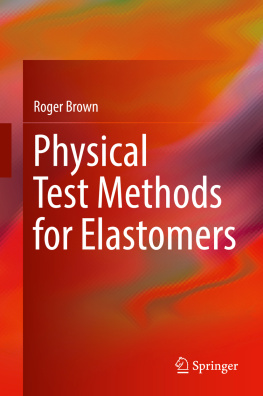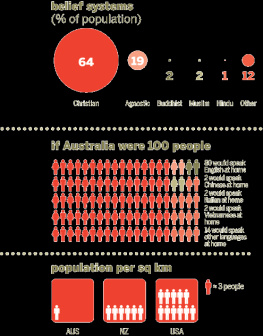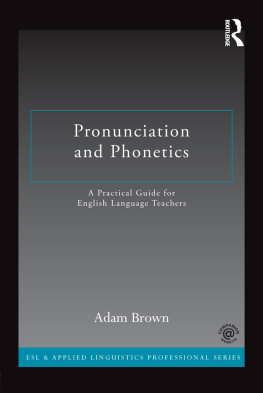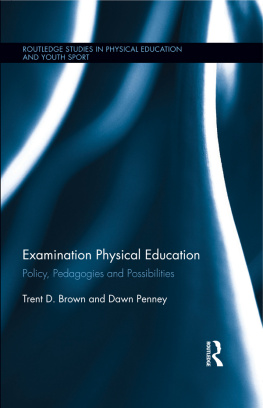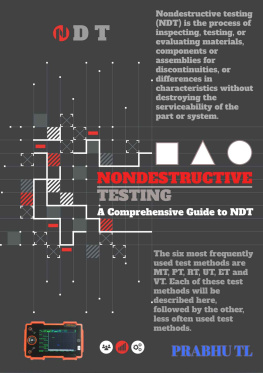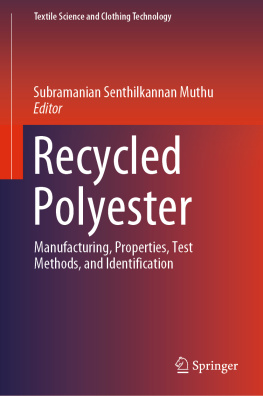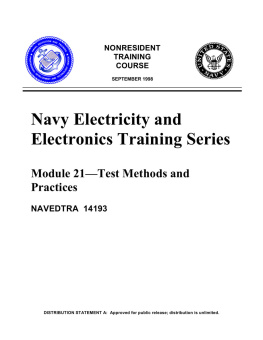1. Introduction
1.1 Scope and Content
The International Standards definitions for elastomer and rubber are remarkably similarboth are seen as polymeric materials that have the property of approximately regaining their initial size and shape after temporary substantial deformation. Use of the term elastomer in the title of this book indicates that it is covering all rubber and rubber-like materials, both natural and syntheticunvulcanised rubber compounds, vulcanisates and thermoplastic elastomers . However, in line with common practice and the ISO test method standards , the term rubber is often used in the text but can generally be taken as also including thermoplastic materials.
The aim of the book is to present an up-to-date account of procedures for testing these elastomeric materials. It intends to be comprehensive in covering the complete range of physical properties and all of the tests in common, and sometimes not so common, use. Inevitably, the bulk of the methods are the standard ones, often somewhat arbitrary and primarily intended for quality assurance purposes, but in each case the requirements for testing to predict performance and for obtaining meaningful design data are considered.
Knowledge of the physical properties of materials is of critical importance for the design, production, quality control and performance of all products. Consequently, it is not surprising that a vast spectrum of test methods has been developed to measure these properties. Whilst many features of physical testing are common to all materials, the particular characteristics and uses of each group of materials, metals, ceramics, polymers, etc. have provided good reason why each group has developed its own procedures. That is not to say that there are also bad reasons, such as insularity, and that there is no room for greater cooperation and, hence, unification of methods.
Rubbers can claim a particularly strong case for needing their own test methods, being complex materials exhibiting a unique combination of properties, whilst a virtually infinite number of rubber compounds, each with its own detailed characteristics, is possible. They differ very considerably from other engineering materials, being extremely highly deformable but exhibit almost complete recovery, and are virtually incompressible with a bulk modulus some thousand times greater than shear or Youngs modulus. For the design engineer particularly, it is important that such properties are measured and understood. The fact that so many variations in compounds, and hence properties, are possible simply means that standard grades hardly exist and one must evaluate every rubber compound which is encountered. The basic structure of rubbers and their sensitivity to small compounding or processing changes means that they are prone to unintended variations in properties from batch to batch and present the processor with a difficult quality control problem.
Hence, it is not surprising that, with such unusual and complicated materials, the procedures used for measuring their physical properties often differ markedly from procedures used for other materials. Methods and philosophies taken from other materials often cannot be simply transferred if meaningful results are to be obtained, so that there is a particular technology of rubber testing. Over the years, enormous effort has been put into developing satisfactory procedures. This has been largely successful for quality control purposes although even today reproducibility is not always good. For providing design data, many of the standard procedures remain inadequate, at least unless they are extended to generate multi-point data. The difficulty of formulating meaningful test procedures for rubbers is due to a number of reasons, some of which are general to testing materials, but some because of the rubbers intrinsic properties. Some aspects of this are discussed in Chap..
Although in terms of products there is some overlap between rubbers and other polymers, particularly with plastics, the demarcation for standard test methods is clear cut because these two classes of materials are dealt with in different committees. In this context, it would be useful to refer to complementary books. However, the sister book Handbook of Plastics Test Methods is now very dated and out of print but the revised part on short-term mechanical tests [.
Cellular rubbers have been deliberately omitted as they are a very distinct class of materials that should be treated separately, both rubbers and plastics being considered together. Similarly, tests on latex have also been omitted although products made directly from latex, for example, by dipping, will have many properties tested in the same way as for those formed from solid rubber. Ebonite has not been included as it was accepted some years ago by ISO TC 45 and TC 61 that it should be treated as a thermosetting plastic. Some tests on simple composites have been included, e.g. rubber/metal and rubber fabric, although the majority of tests on coated fabrics have not been considered as, once again, this particular product type can be considered as a special subject in its own right.
Standard tests have the unfortunate habit of not being standard, in that different countries and different organisations each have their own standards. Fortunately, this tendency has very much diminished in recent times as more countries have adopted the International Standards Organisation (ISO ) methods as their national standards. It is perhaps appropriate here to make a plea for the adoption of recognised standards without modification in all testing work when there is really no strong technical reason for change. It goes without saying that this makes for efficiency because, if we all use the same, well-documented methods, silly disputes due to the effects of apparently minor differences will be lessened, whilst in published work what has been done is clearly defined.
The principal standard methods discussed in this book are those of ISO. Less emphasis is placed on the various national bodies than was the case in earlier works, reflecting the increased importance of ISO , or rather the increased tendency for national methods to be aligned with ISO. Almost all British standards are now verbatim the same as ISO and designated BS ISO xxxx. In Europe, the intention is to align all the national standards by producing European (CEN) standards. This has been done for plastics, usually by adopting the ISO methods, but the process has not been carried through for rubbers because it is found easier to reference the ISO methods directly. Unfortunately for the cause of universal standardisation, ISO methods are not widely adopted in the USA where ASTM methods are the norm, and hence they are considered here alongside the ISO methods. ASTM methods are mostly similar to the ISO ones but not directly technically equivalent. Generally, test methods peculiar to particular commercial companies have not been considered at all.
It is inevitable that between writing and publication there will have been new editions of standards produced. To counteract this as far as possible, the likely trends in test methods have been estimated from the current drafts in circulation and the known activities of relevant committees.
The borderline between physical and chemical tests can also be a little blurred. Not surprisingly, chemical analysis is excluded but it can be noted that the thermal analysis techniques straddle both camps, and they have been included or excluded depending on their purpose. Ageing tests are generally considered as physical methods even though the effects of ageing are mostly chemical. The intention has been to include every type of physical test and, hopefully, this has been, in the main, achieved. However, three areas immediately come to mind which do not have their own section, acoustic properties, optical properties and non-destructive testing .

